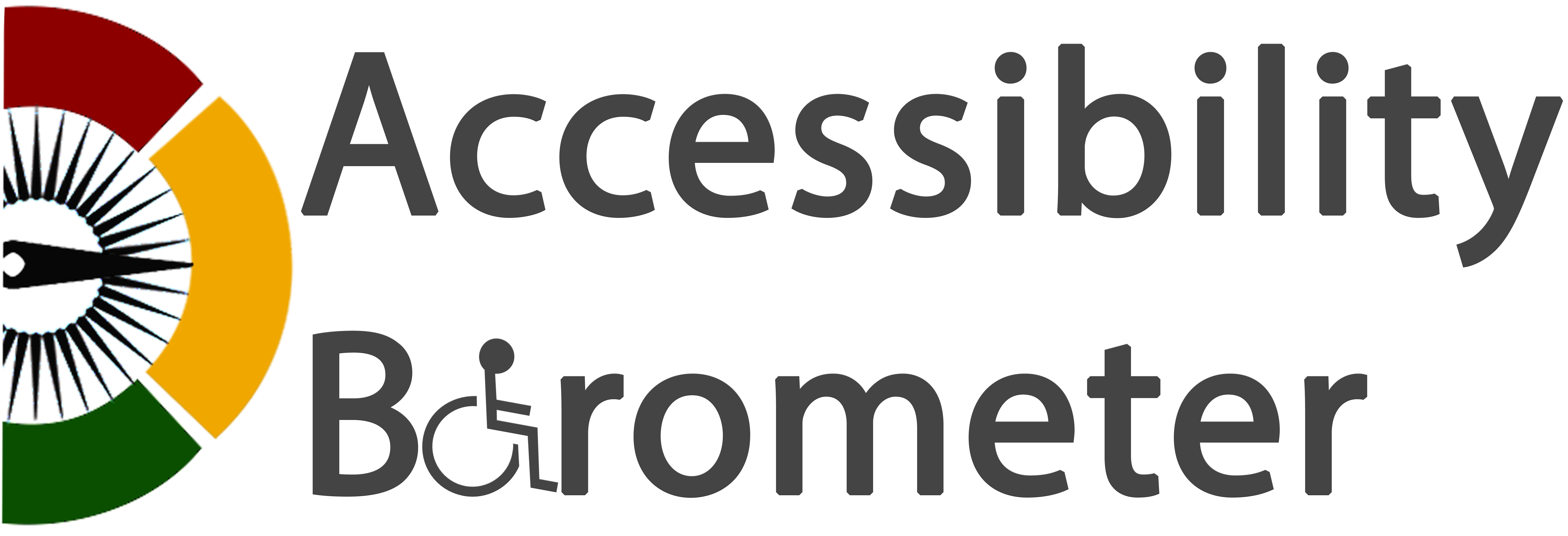Achievement оf Physical аnd Transport Accessibility: Presupposition оr Alternative оf Digital Accessibility
Автор(и)
Galina Bogdanova, Liana GalabovaПубликувано в
STEMedu-2022, Science Series - Innovative STEM Education, Volume 4, 2022Резюме
This paper discusses the way physical and transport accessibility provide model or alternative to achievement of digital accessibility as contemporary social goal. Based on direct observation of actual accessibility in variety of public spaces, belonging to different social sectors, as well as to their virtual representation, we argue that digital access is rather a continuation, than only the other way round, when a space, event, or project are not organized in regard of recent global accessibility standards. And this study explores local reality of accessibility that we work on in an interdisciplinary team, which we perceive as dynamic and improving sphere of values and innovation – not as a reflection of recent economic situation of our country, and in the world dominated by care of specific epidemic and healthcare accessibility only.Ключови думи
Accessibility; Digitalization; Transport; Innovation; Social Inclusion; Discrimination; EquityБлагодарности
Научното изследване е частично финансирано от Договор №КП-06-Н42/4 от 08.12.2020 г. на Фонд „Научни изследвания“ на Република България с изпълнители ИМИ-БАН и ИР-БАН (проект „Дигитална достъпност за хора със специални потребности: методология, концептуални модели и иновативни екосистеми“).Връзки
https://doi.org/10.55630/STEM.2022.0422http://www.math.bas.bg/vt/stemedu/paper.php?article=2022.0422en
Цитирай като
Bogdanova, G., Galabova, L. (2022). Achievement оf Physical аnd Transport Accessibility: Presupposition оr Alternative оf Digital Accessibility, Science Series "Innovative STEM Education", volume 04, ISSN: 2683-1333, Institute of Mathematics and Informatics – Bulgarian Academy of Sciences, pp. 184-194, DOI: https://doi.org/10.55630/STEM.2022.0422Публикацията представя изследване по проекта
